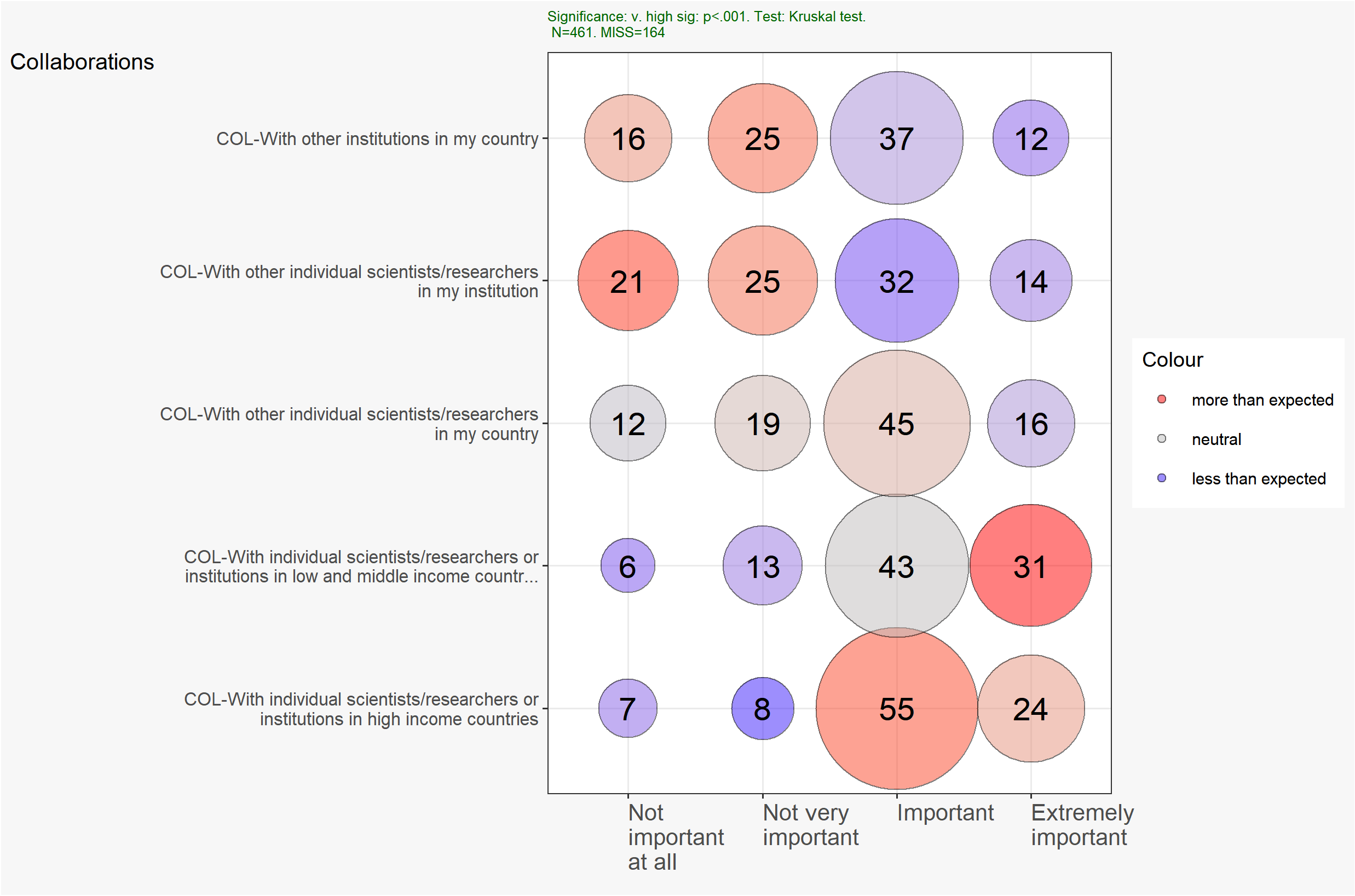
I just did this for what will hopefully be a book chapter on our Divided Education - Divided Citizens research project with NEPC. Explanation further below for anyone more interested in the actual topic ;-)
About the graphic:
I like raw-data plots like this, made possible by Hadley Wickhams’s amazing ggplot2 package for the stats package R. Every school class in the survey is on there somewhere. The line types need making a bit more distinct though. Oh, and it would presumably get printed in greyscale, so no colours.
I have spent weeks trying to analyse this data properly - spent ages with a stuctural equation model, and then scrapped that and went for a series of mixed effects models because of the class-level variance, but I found trying to implement that kind of model very difficult.
In the end I will probably just go for this graph and one very simple regression at class level and perhaps just one mixed effects regression. I think together they say all that needs to be said. In statistics as everywhere else the difficulty is in not saying too much. I am not sure I succeeded here yet, true there is only one graph but it is a pretty complicated one.
About the topic:
It’s about how support amongst students for segregated education is much stronger in minority schools. Minority students, or rather, students in predominantly minority classes, want segrated education very much. The others don’t.
The graph shows mean support for segregated schooling in each class by percentage of majority children in each class. Dots represent individual classes. Lines represent smoothed means per country.
The sample consisted of 2417 students from 134 schools in Bosnia & Herzegovina, Estonia, Latvia and Slovakia. To represent the school-level differences, the means of student support for segregation in each school were calculated along with the percentage of majority students in each school.
The figure shows that nearly all the classes had either heavily majority or heavily minority composition; very few classes lie between the 20% and 80% lines, and there are many classes which are 100% majority or minority children. Also, there are rather more minority classes with a few majority children than the other way round. The figure also shows clearly that the larger the proportion of minority students in a school, the stronger the support for segregation. In Bosnia & Hergovina the children are not such strong supporters of segregation. A linear regression predicting support for segregation at class level on the basis only of country and percentage majority children as predictors confirms this, with a remarkable 63% of the class-level variance explained (adjusted R2).
Then another analysis shows that majority children in predominantly minority classes do not differ from their classmates in their strong support for segregation, whereas minority children in predominantly majority classes are a little stronger than their classmates in their support for segregation, but not as strong as their peers in minority classes.